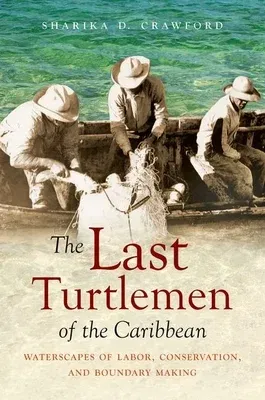Sharika D Crawford
(Author)The Last Turtlemen of the Caribbean: Waterscapes of Labor, Conservation, and Boundary MakingPaperback, 26 October 2020

Qty
1
Turbo
Ships in 2 - 3 days
In Stock
Free Delivery
Cash on Delivery
15 Days
Free Returns
Secure Checkout
Part of Series
Flows, Migrations, and Exchanges
Print Length
216 pages
Language
English
Publisher
University of North Carolina Press
Date Published
26 Oct 2020
ISBN-10
1469660210
ISBN-13
9781469660219
Description
Product Details
Author:
Book Format:
Paperback
Country of Origin:
US
Date Published:
26 October 2020
Dimensions:
23.39 x
15.6 x
1.27 cm
ISBN-10:
1469660210
ISBN-13:
9781469660219
Language:
English
Location:
Chapel Hill
Pages:
216
Publisher:
Weight:
340.19 gm

